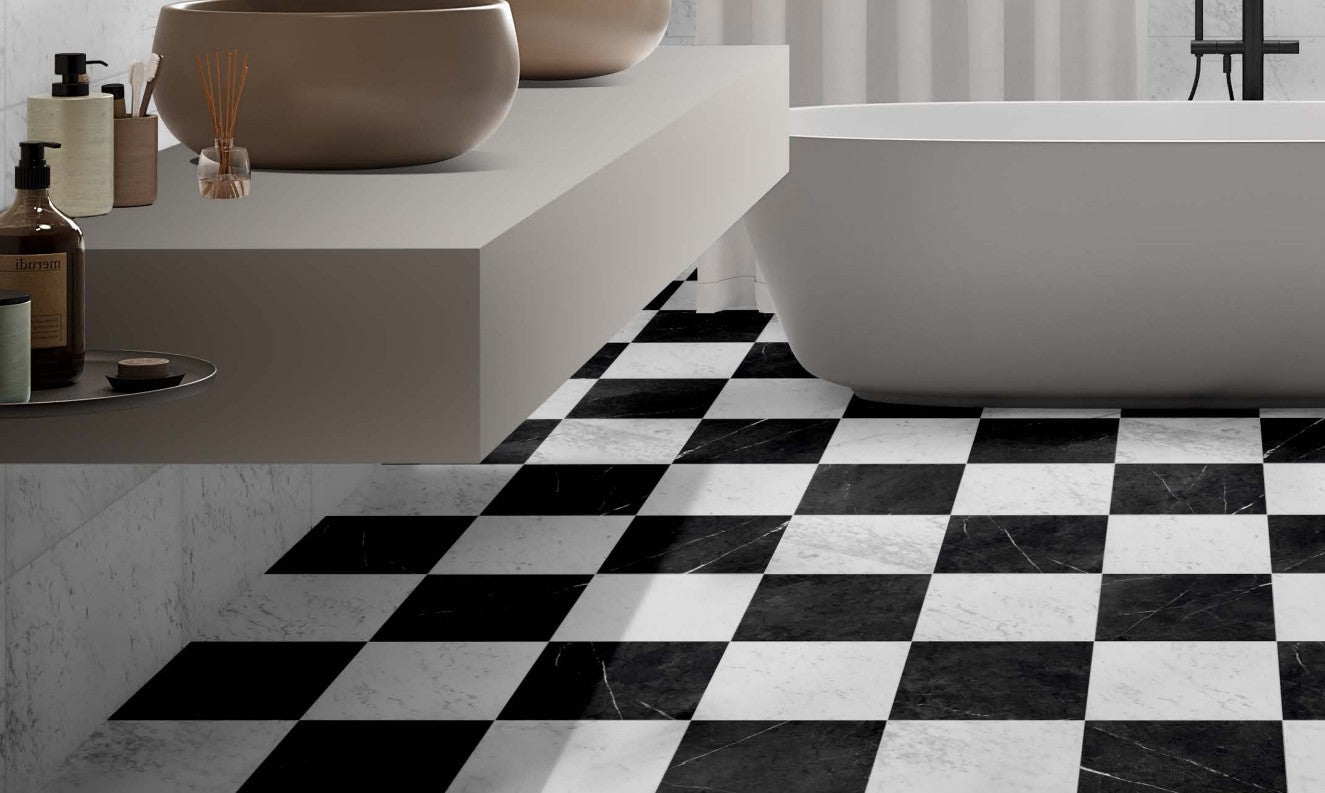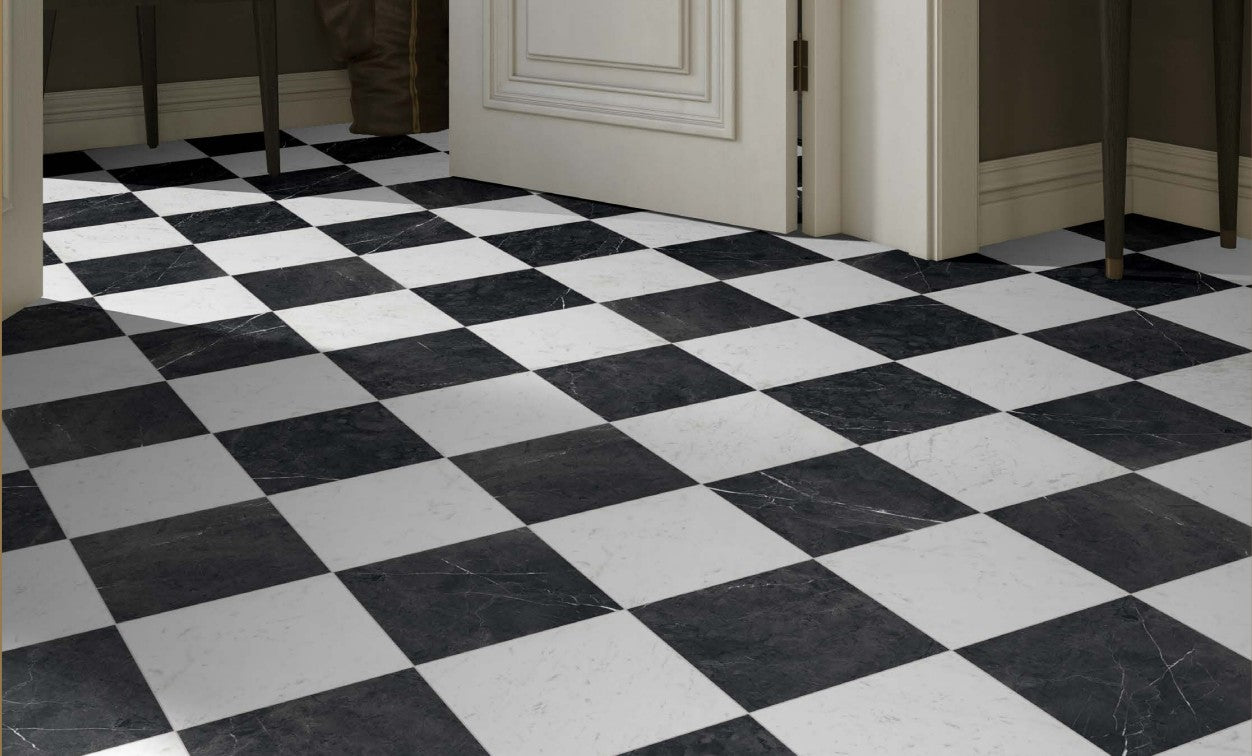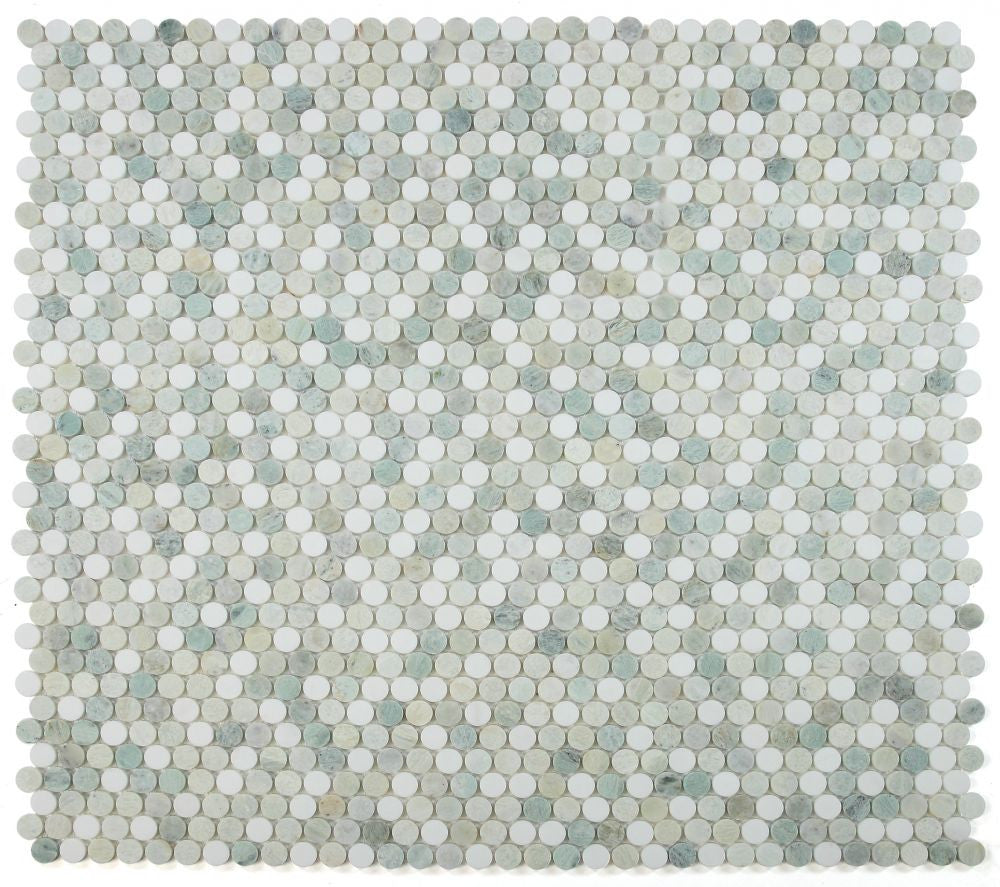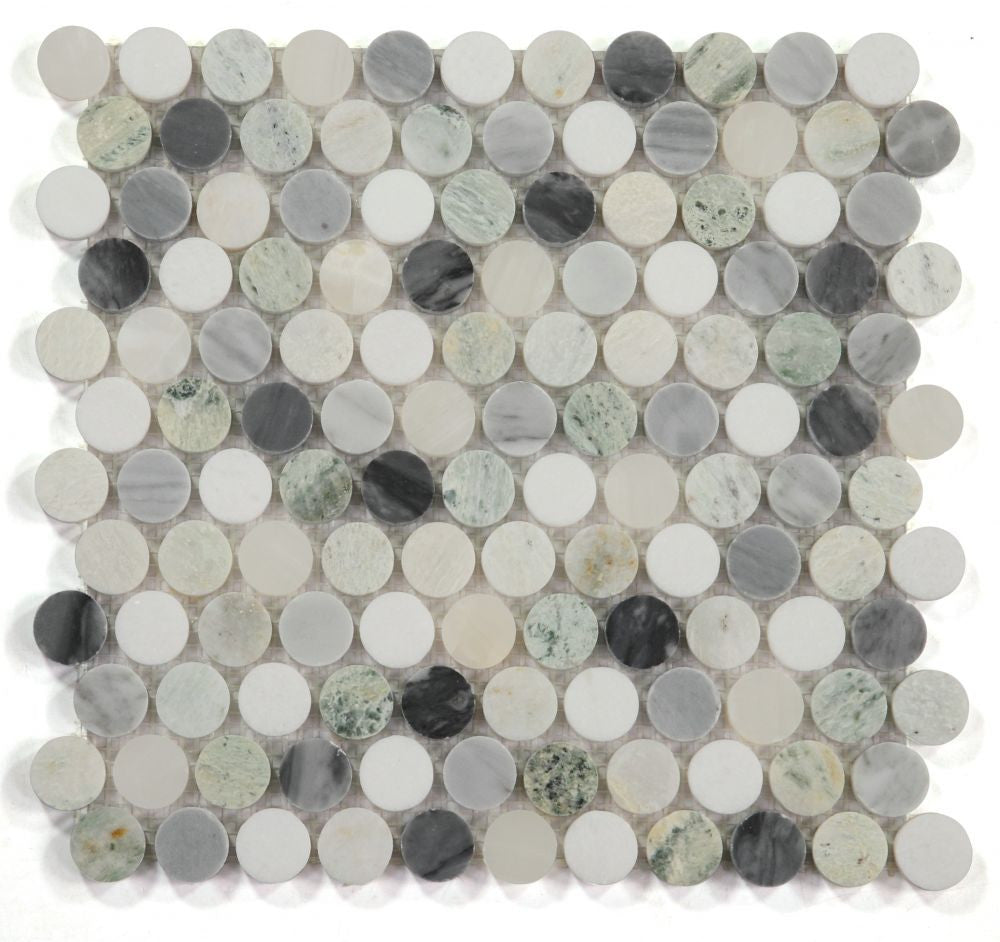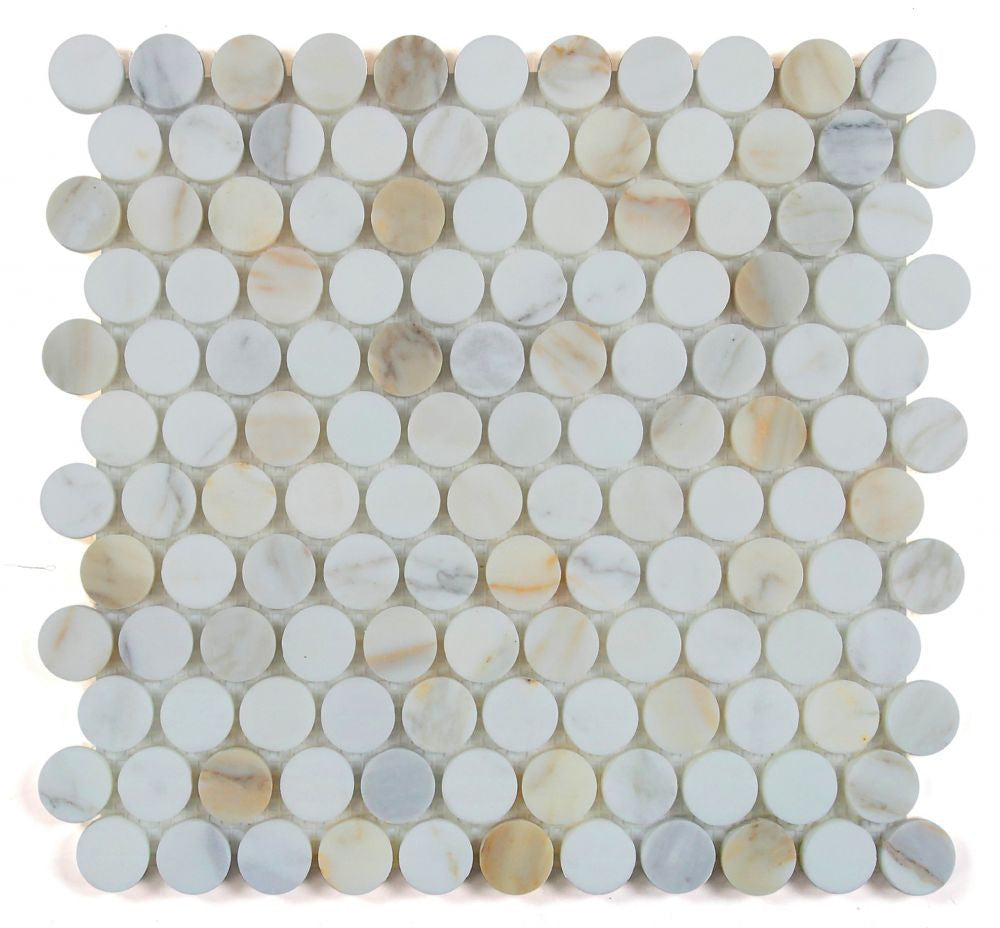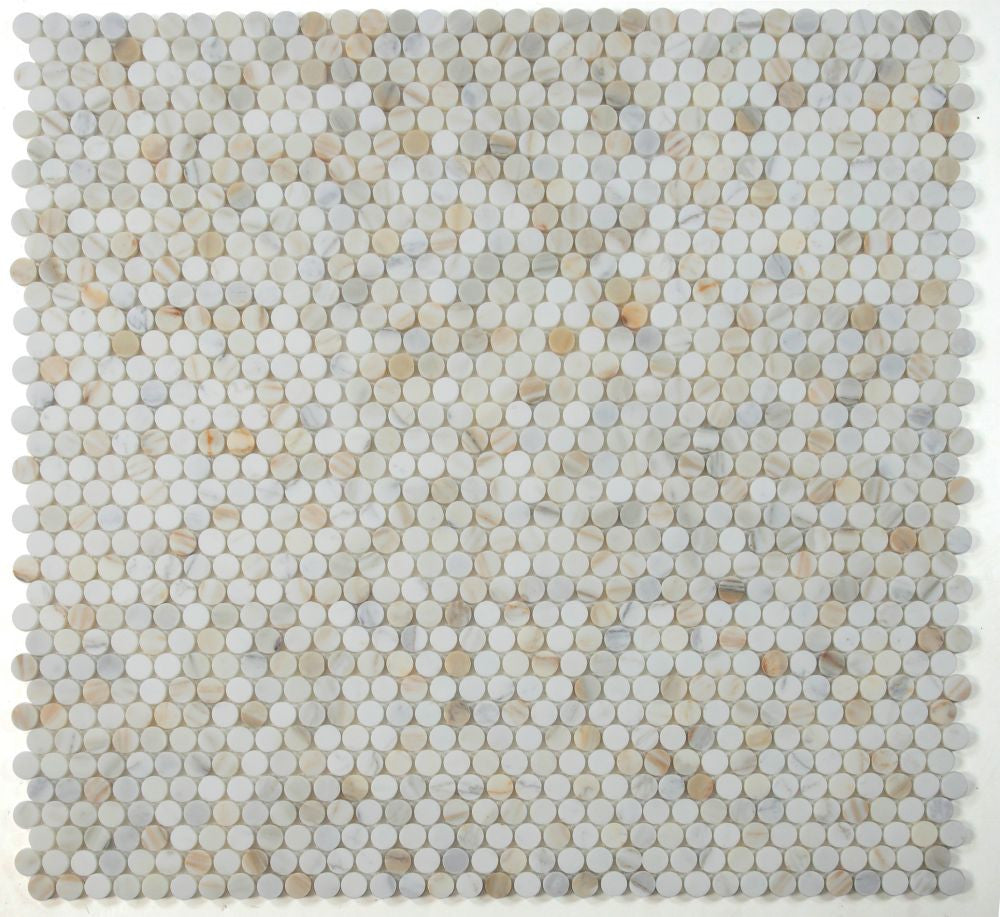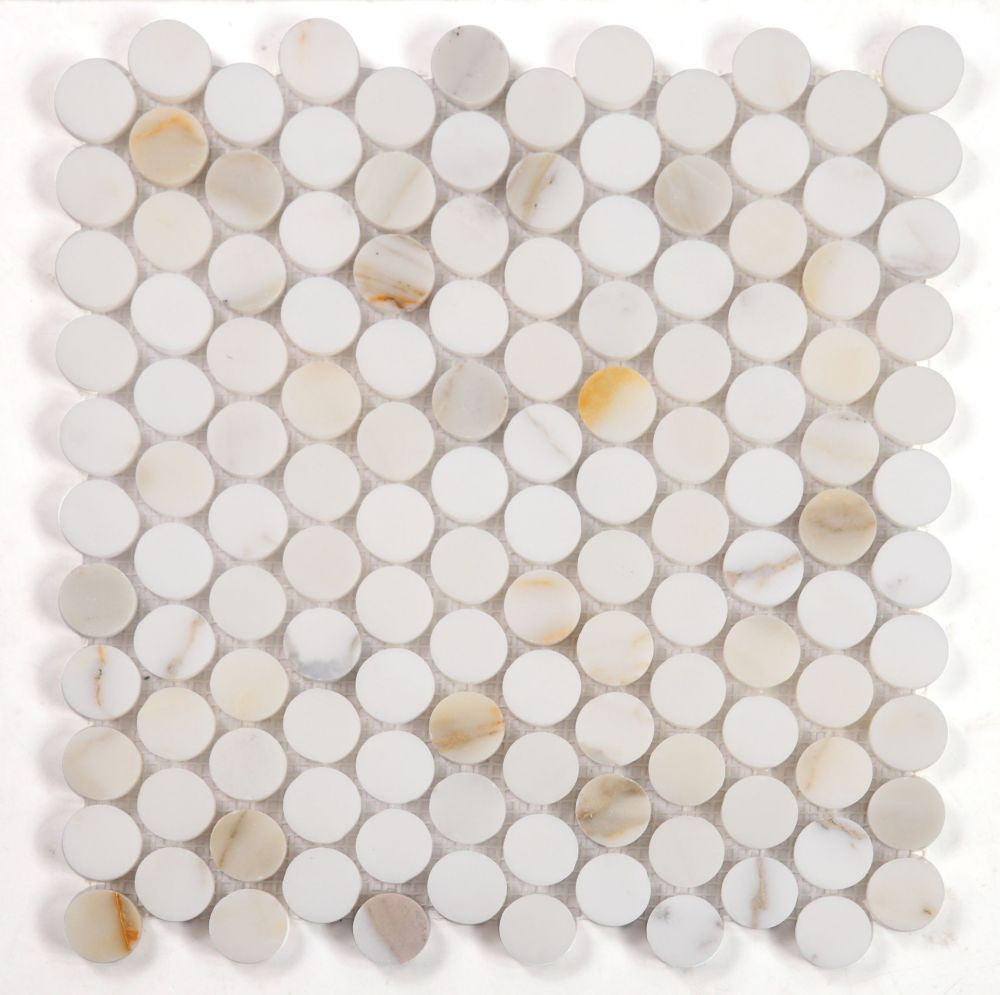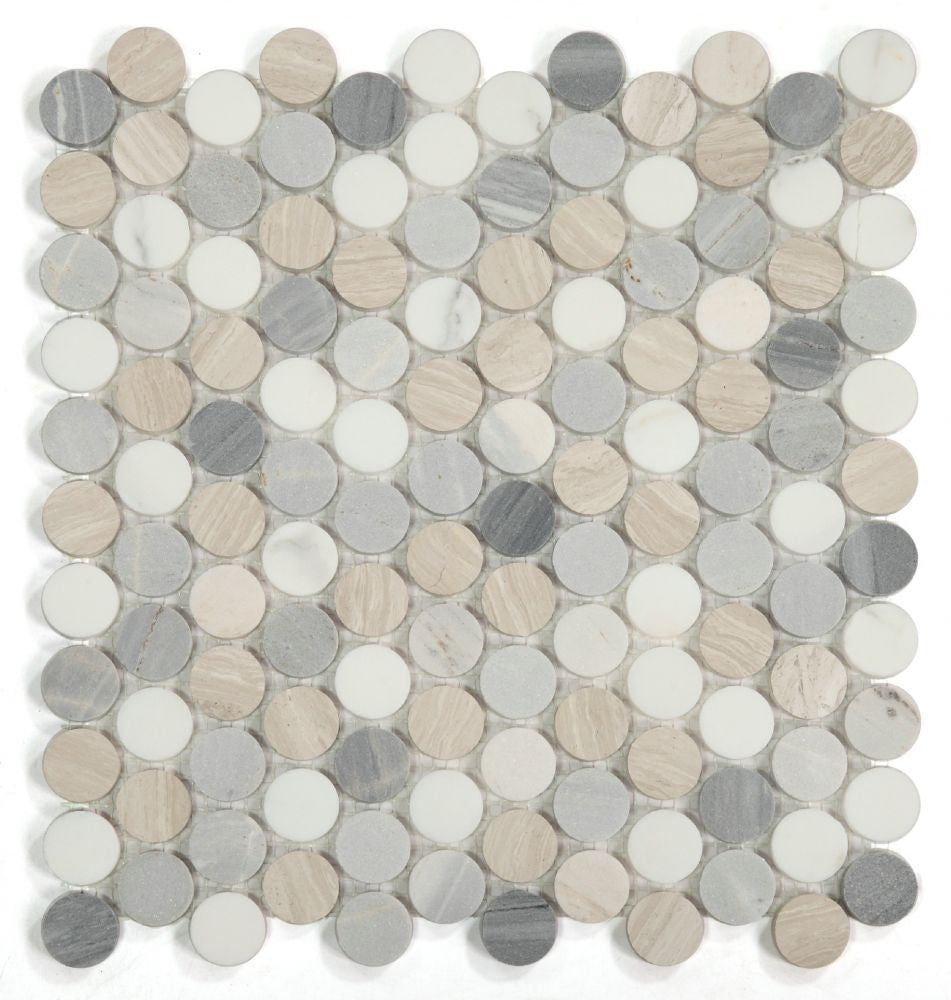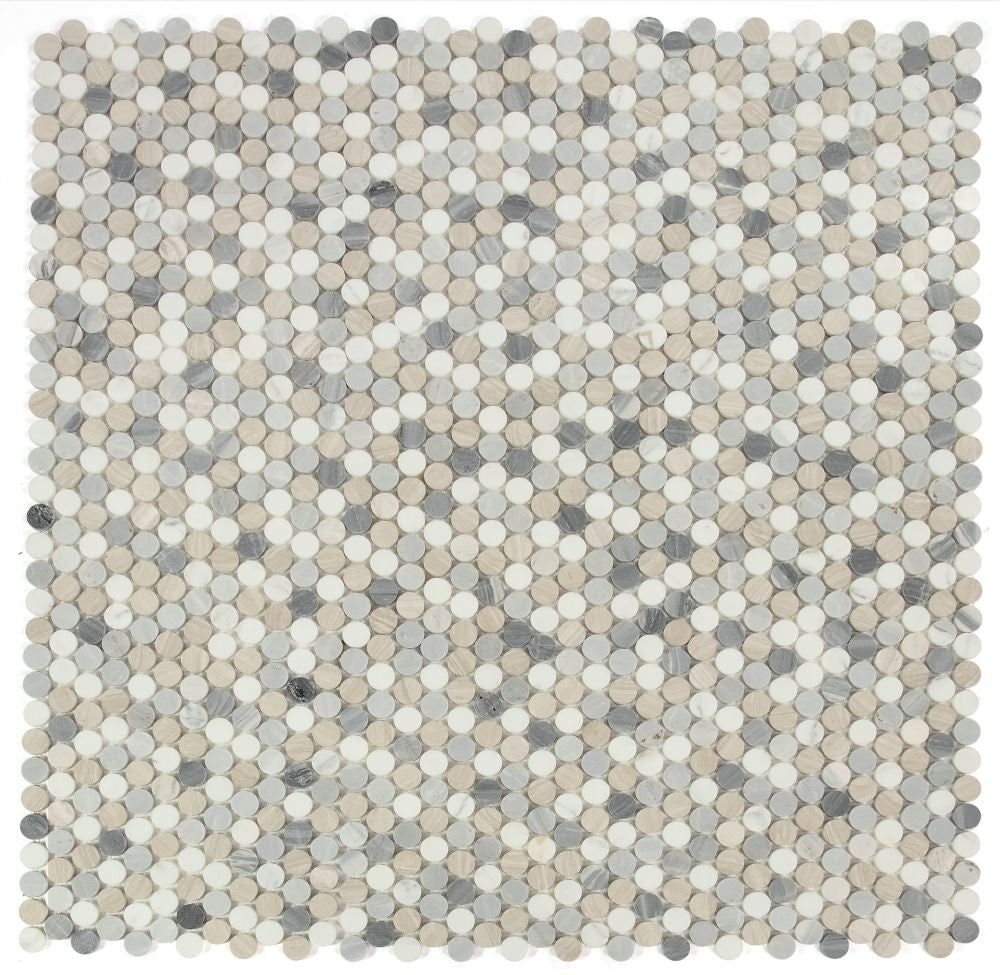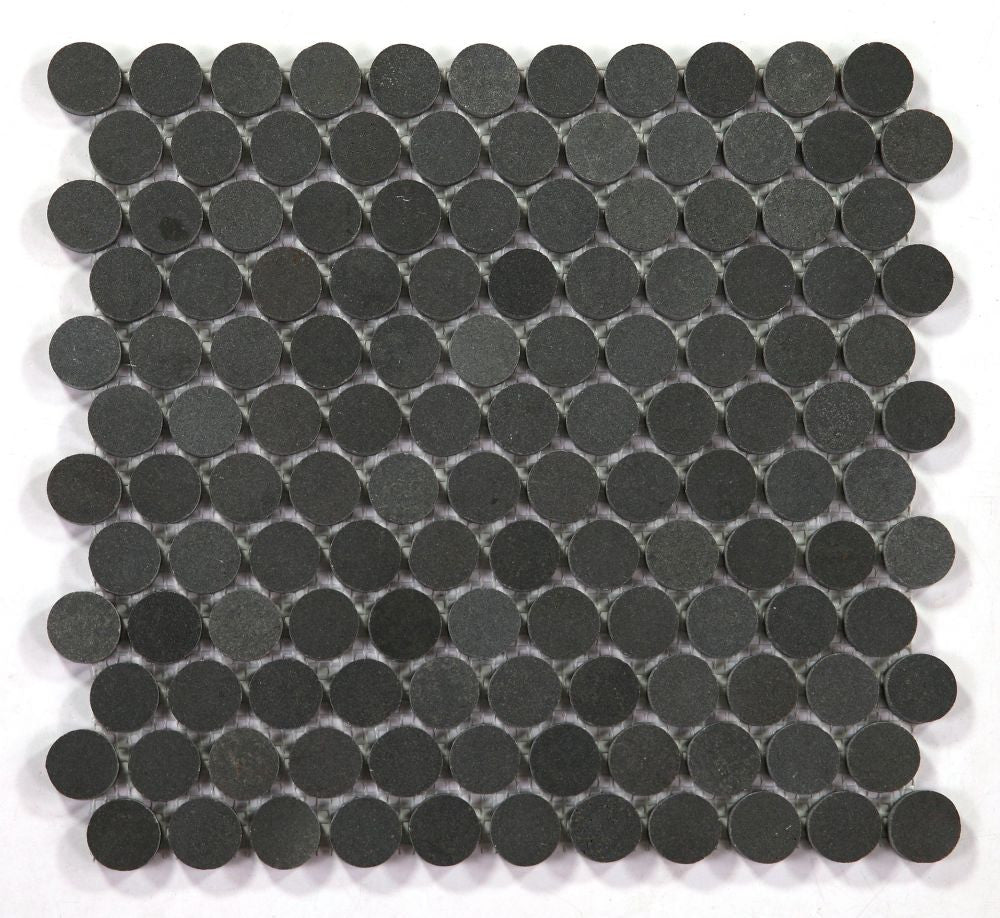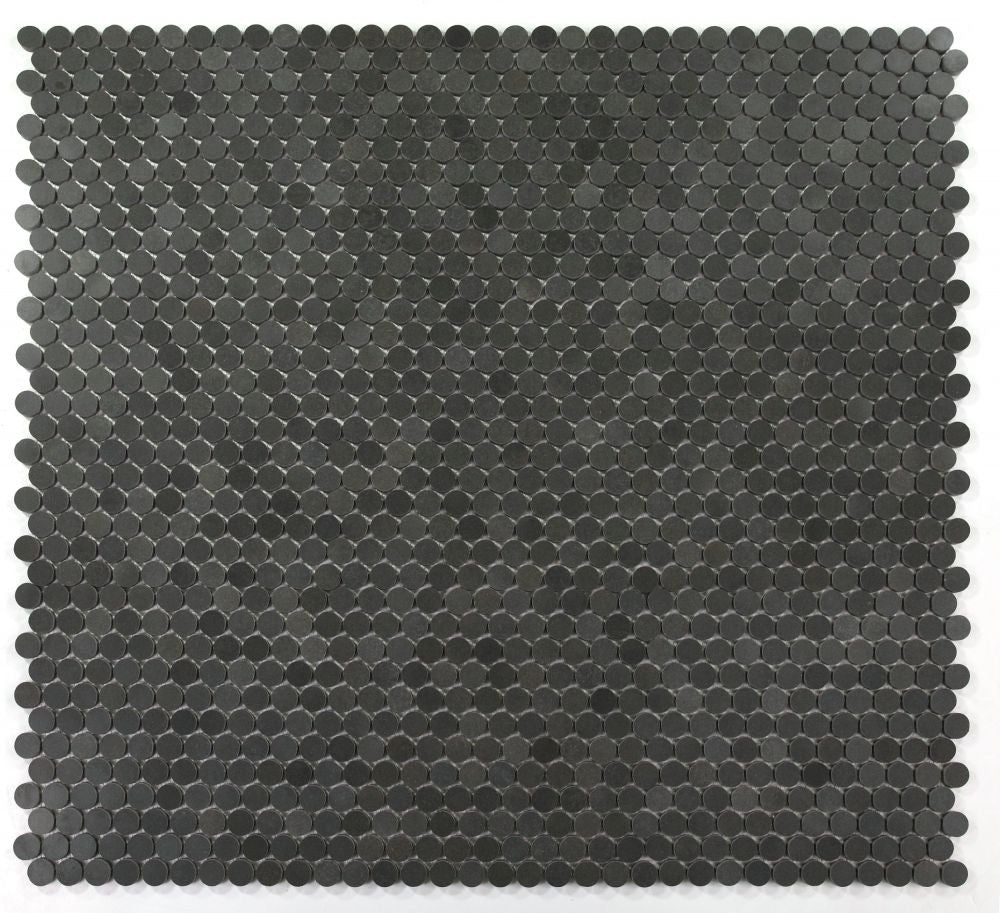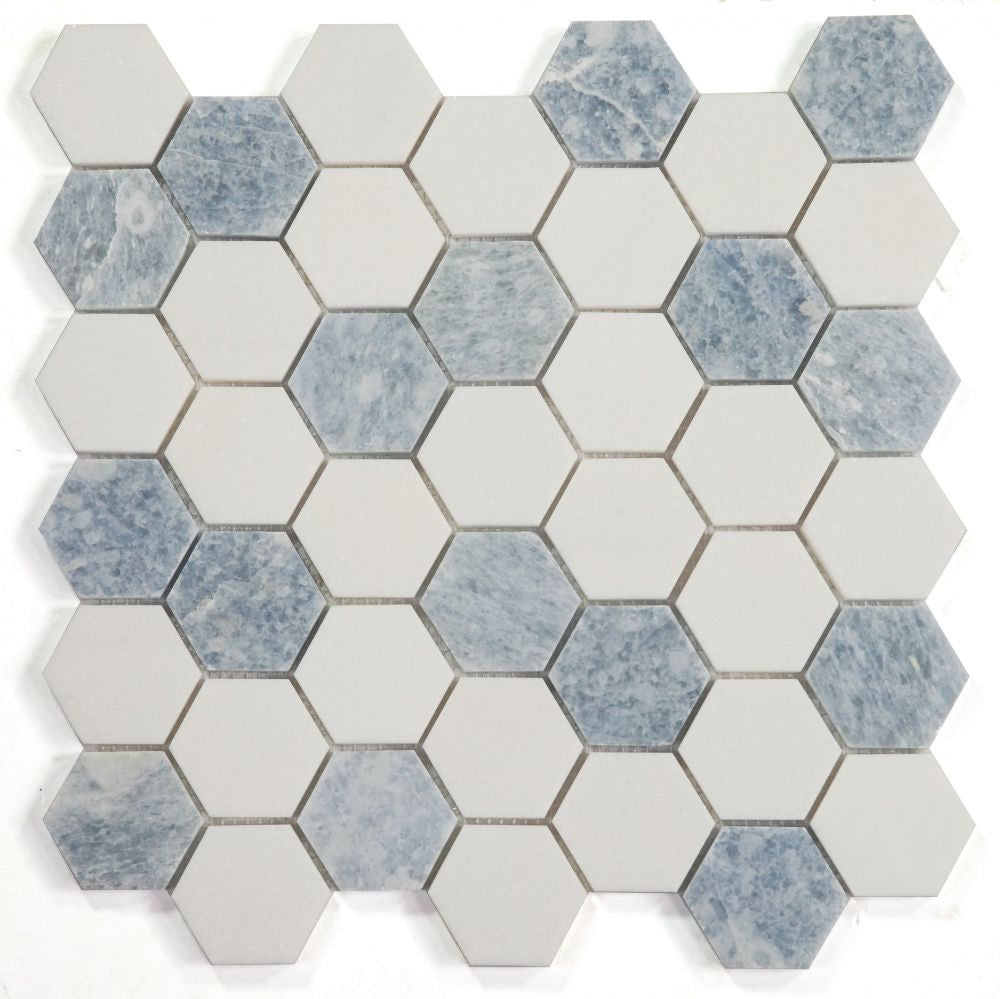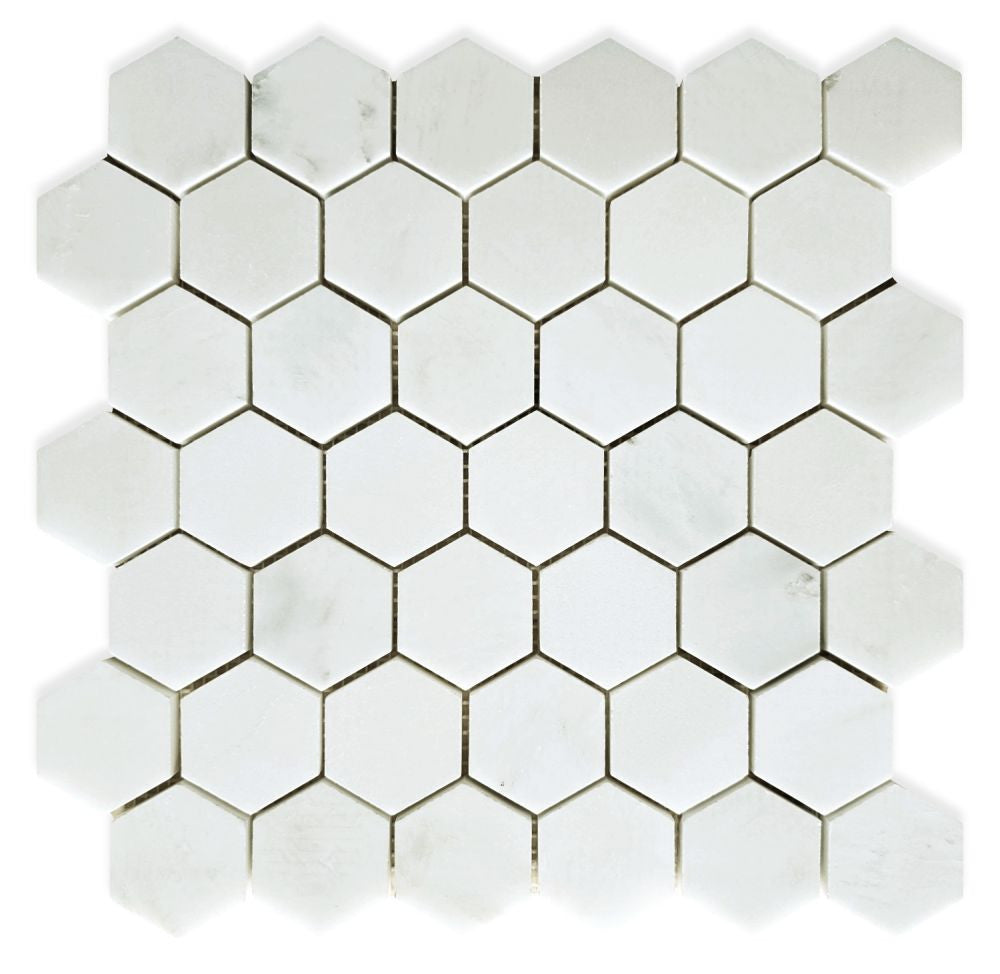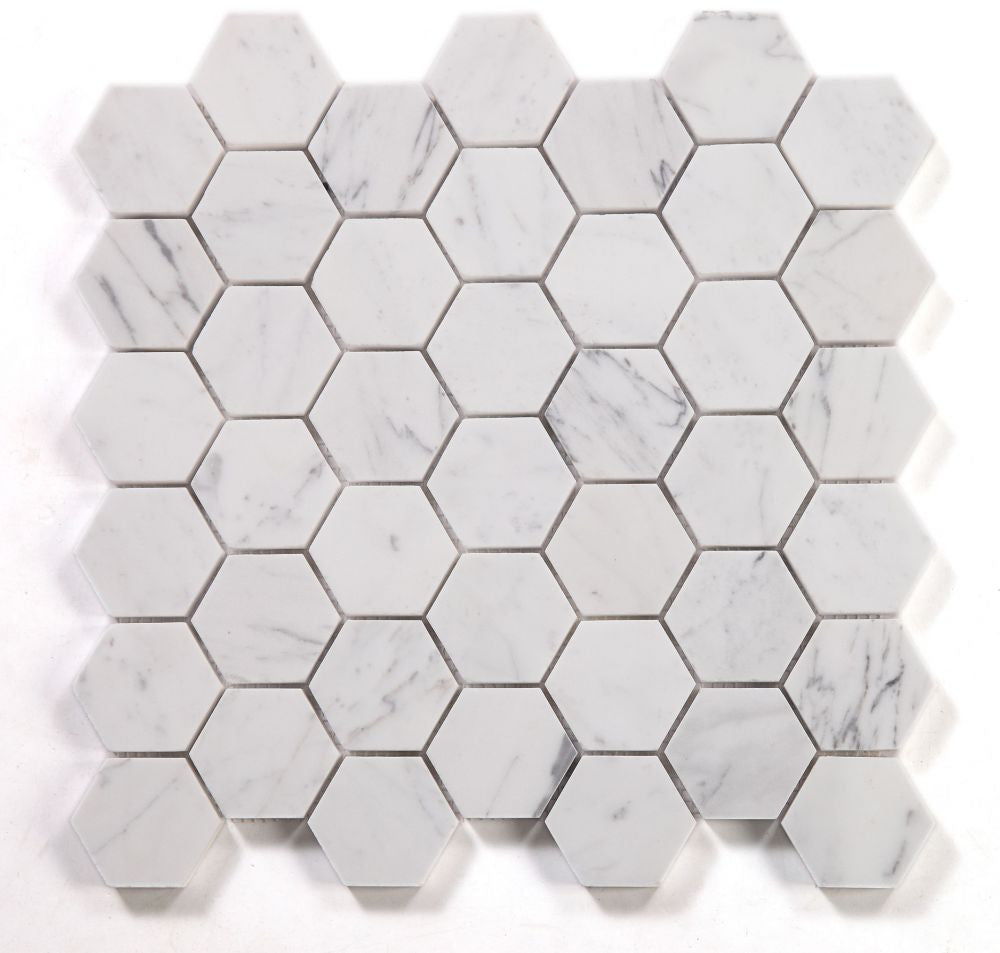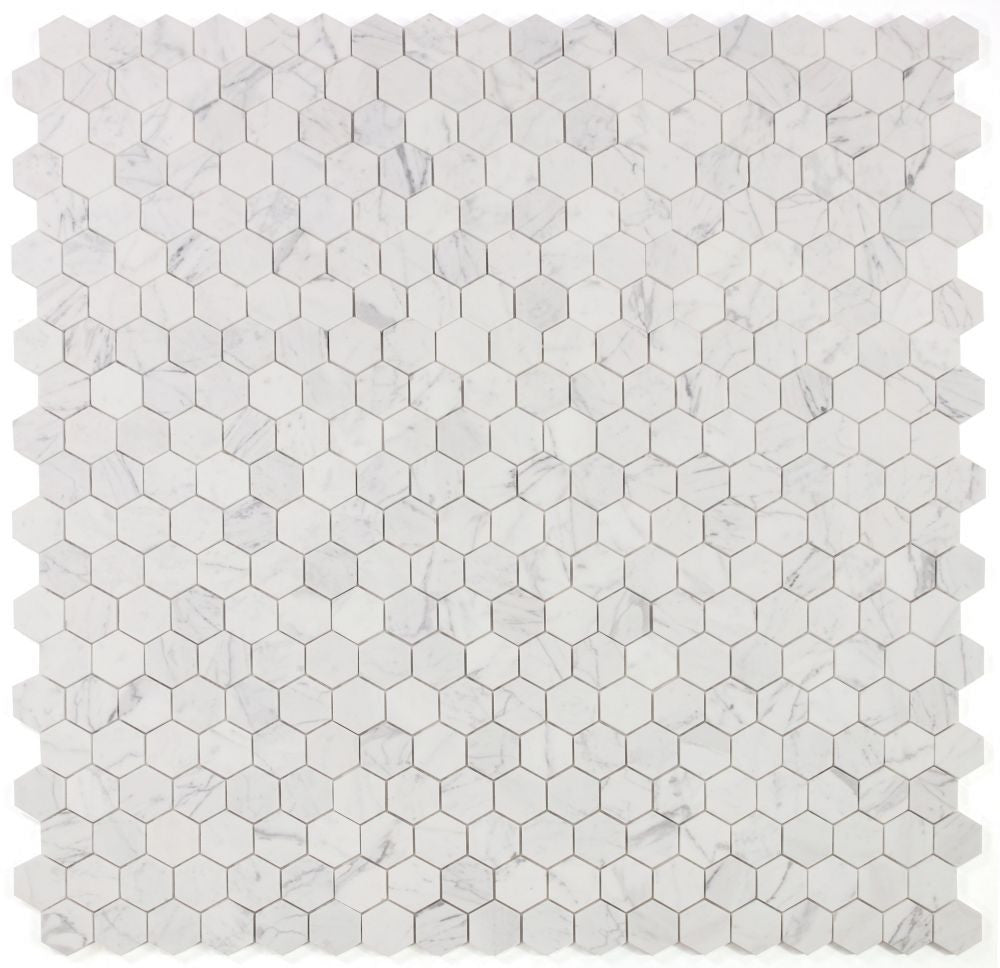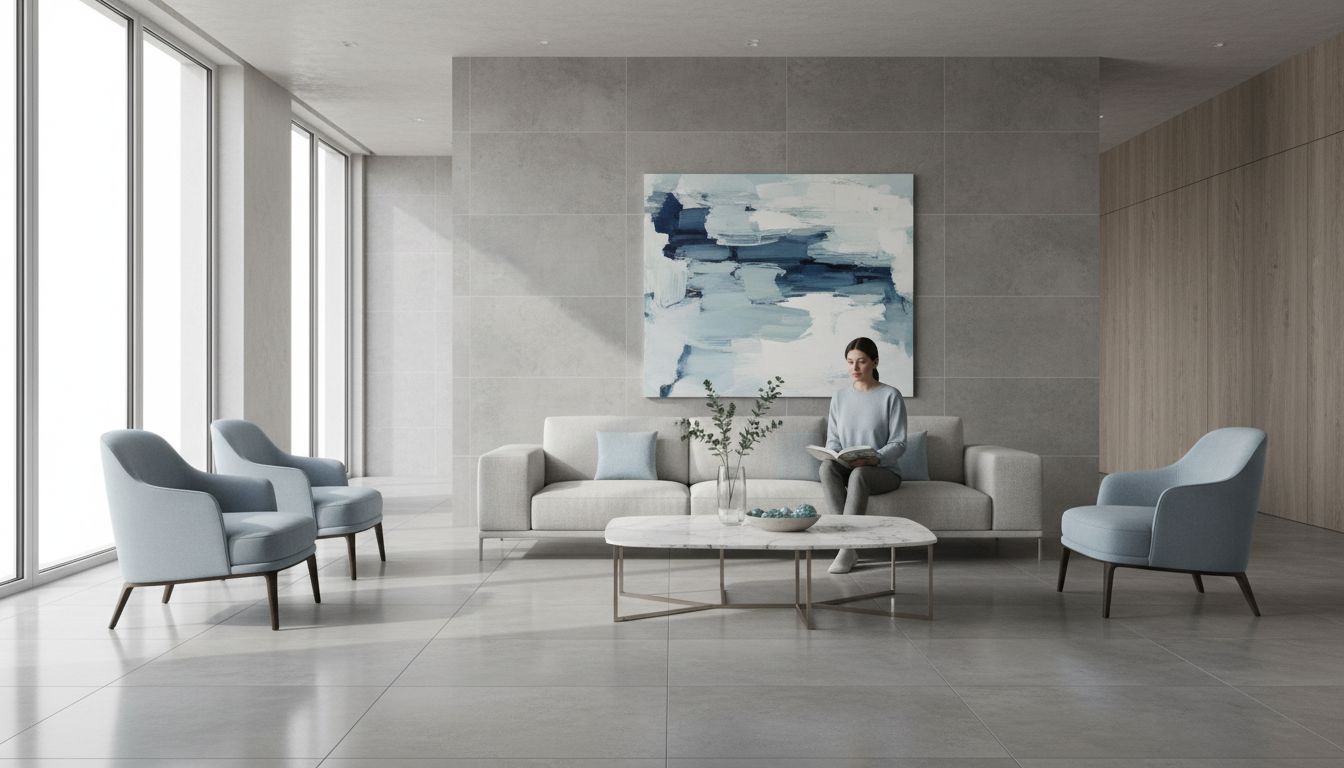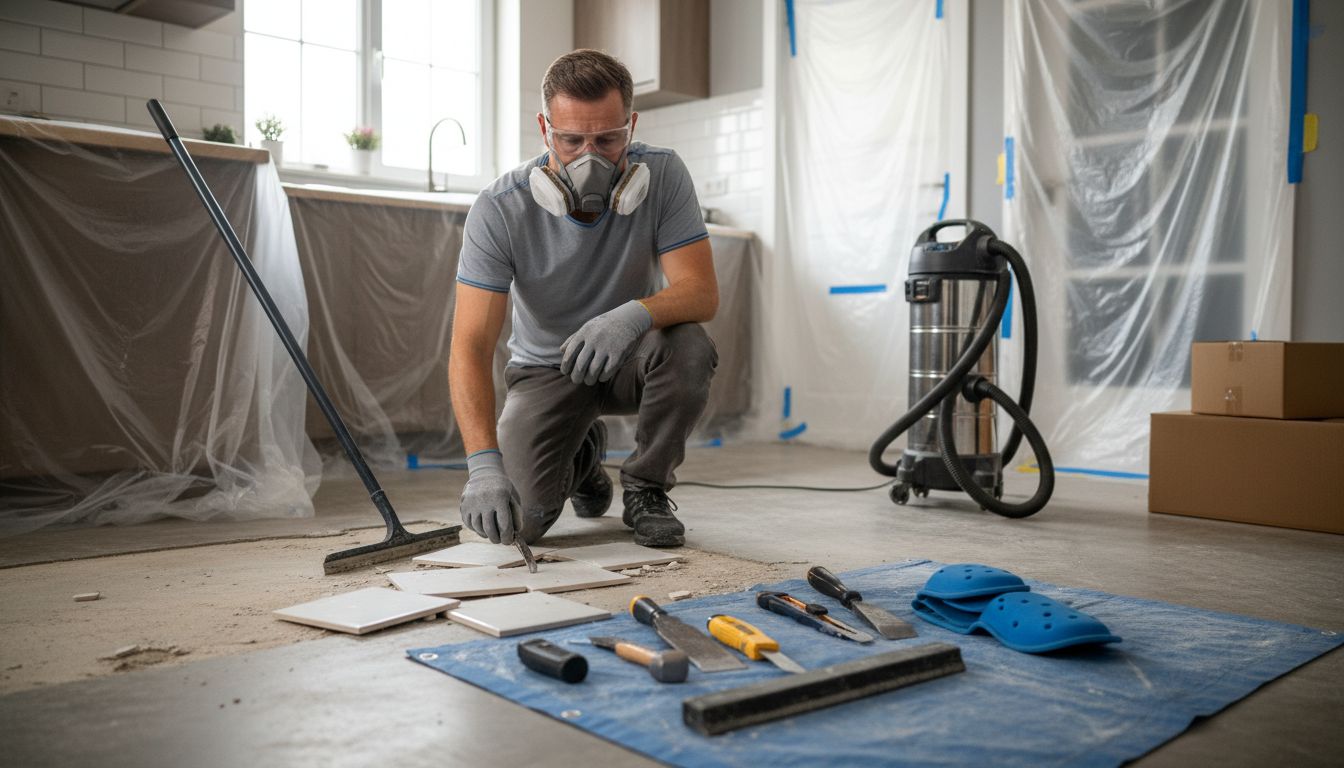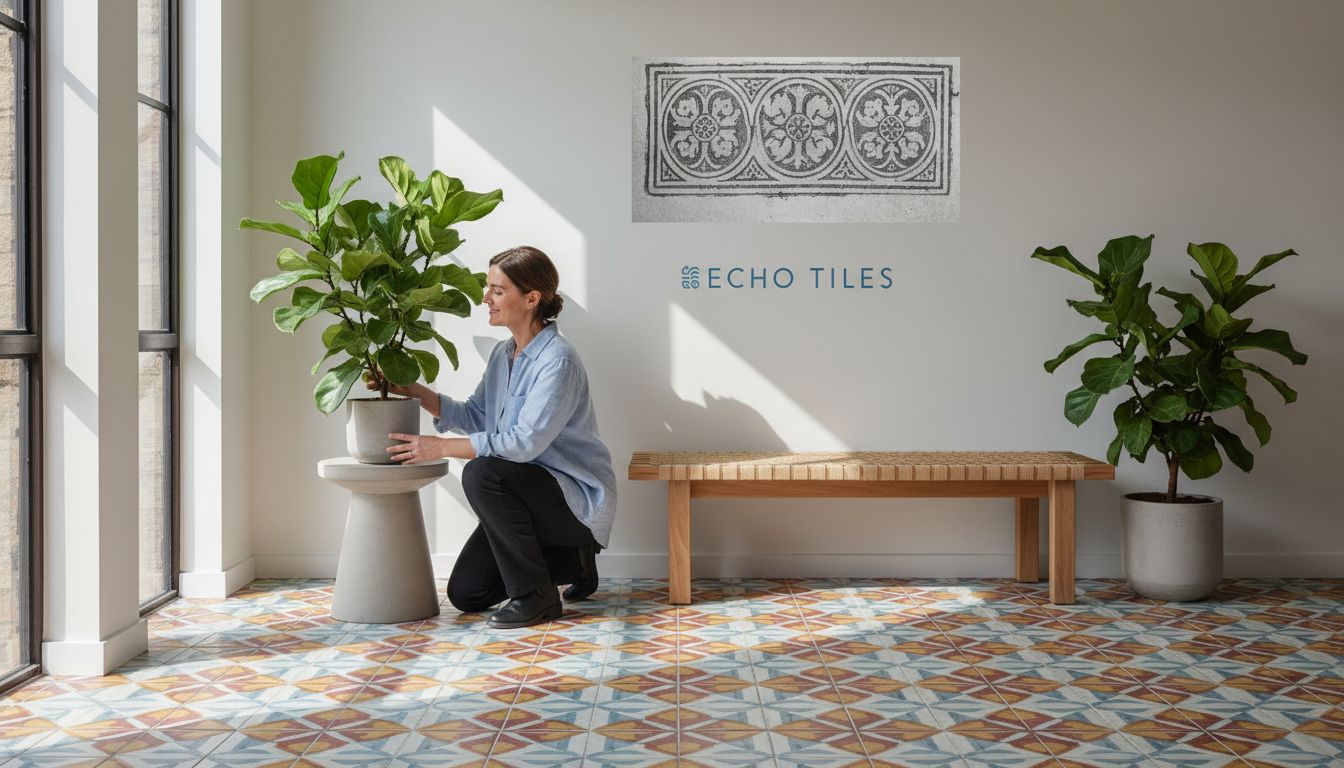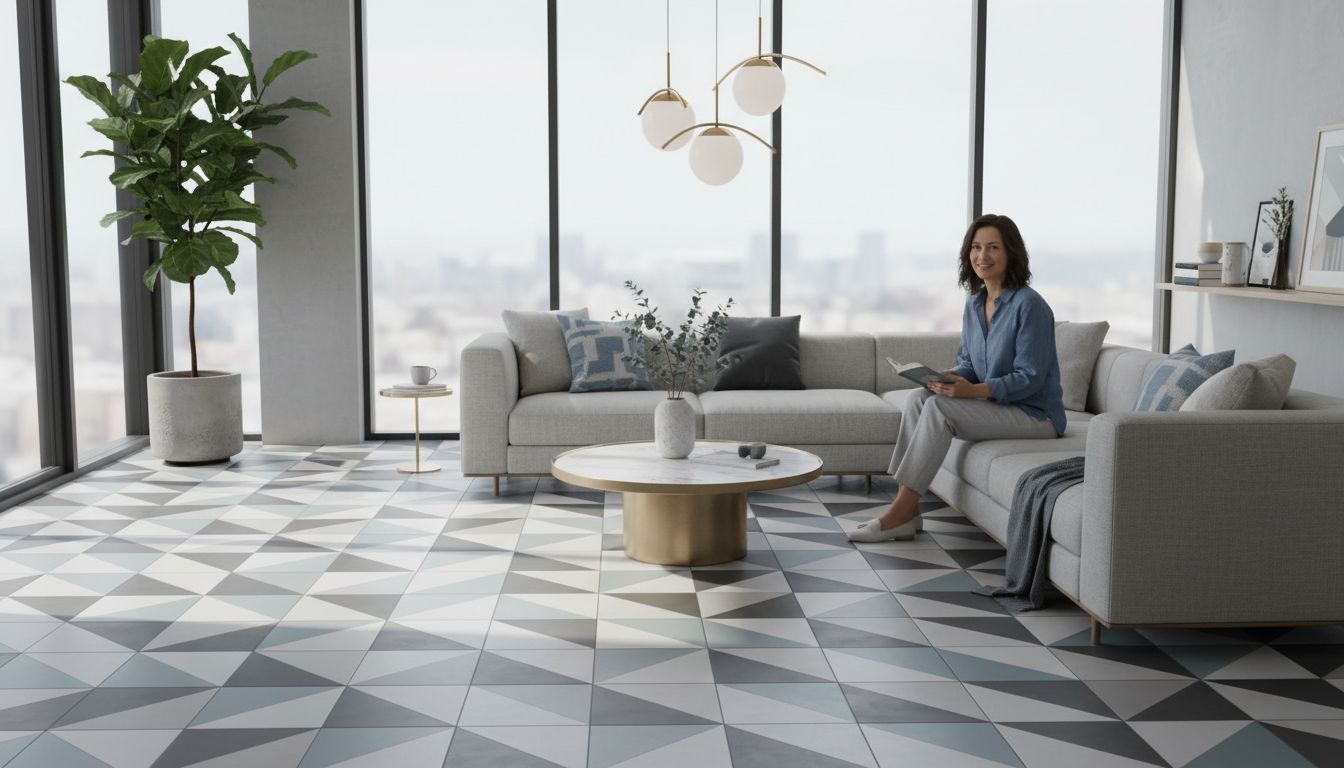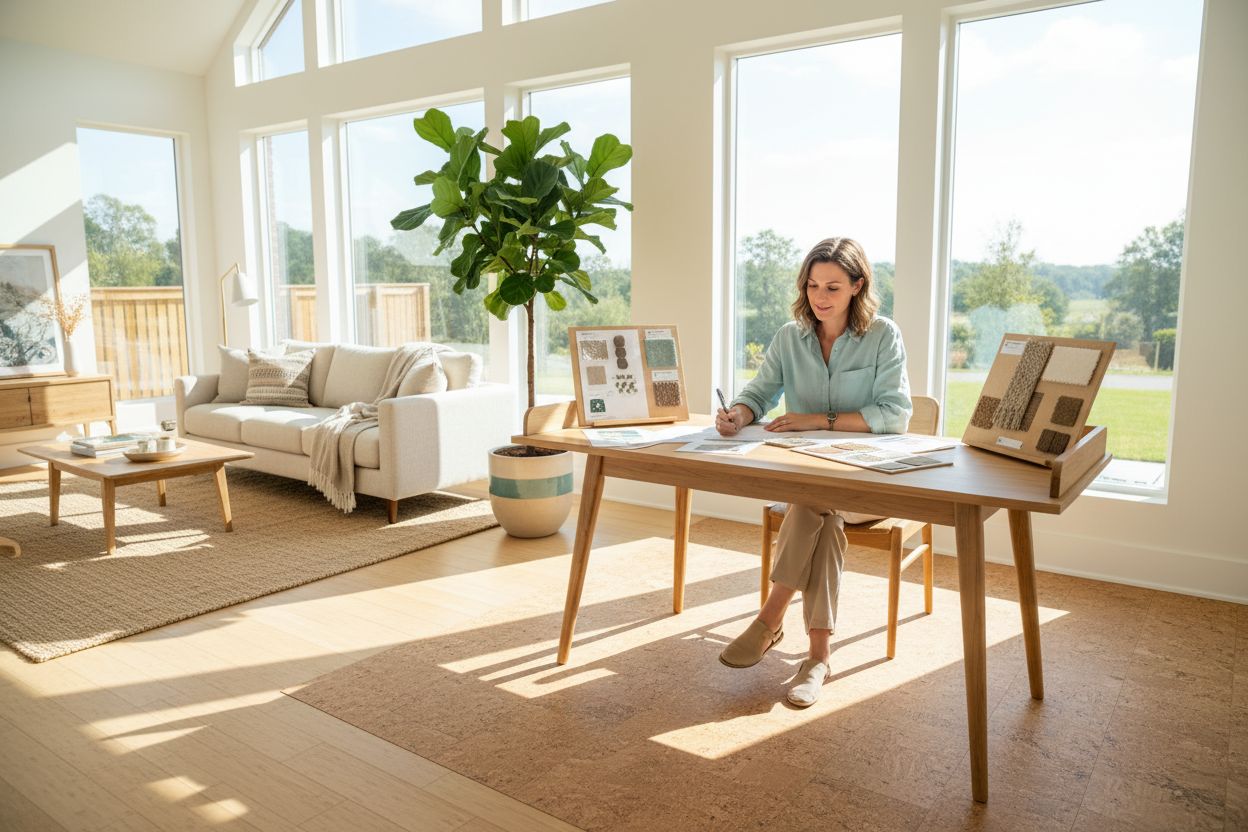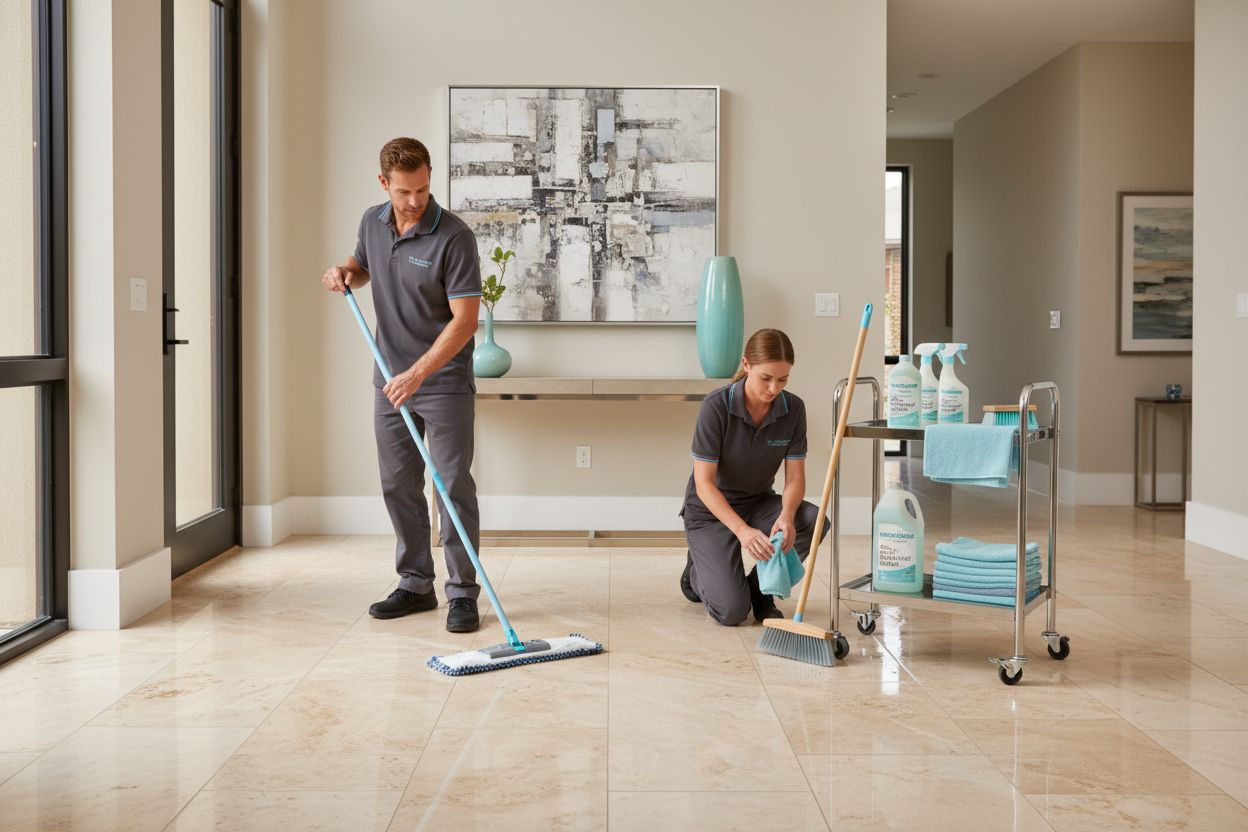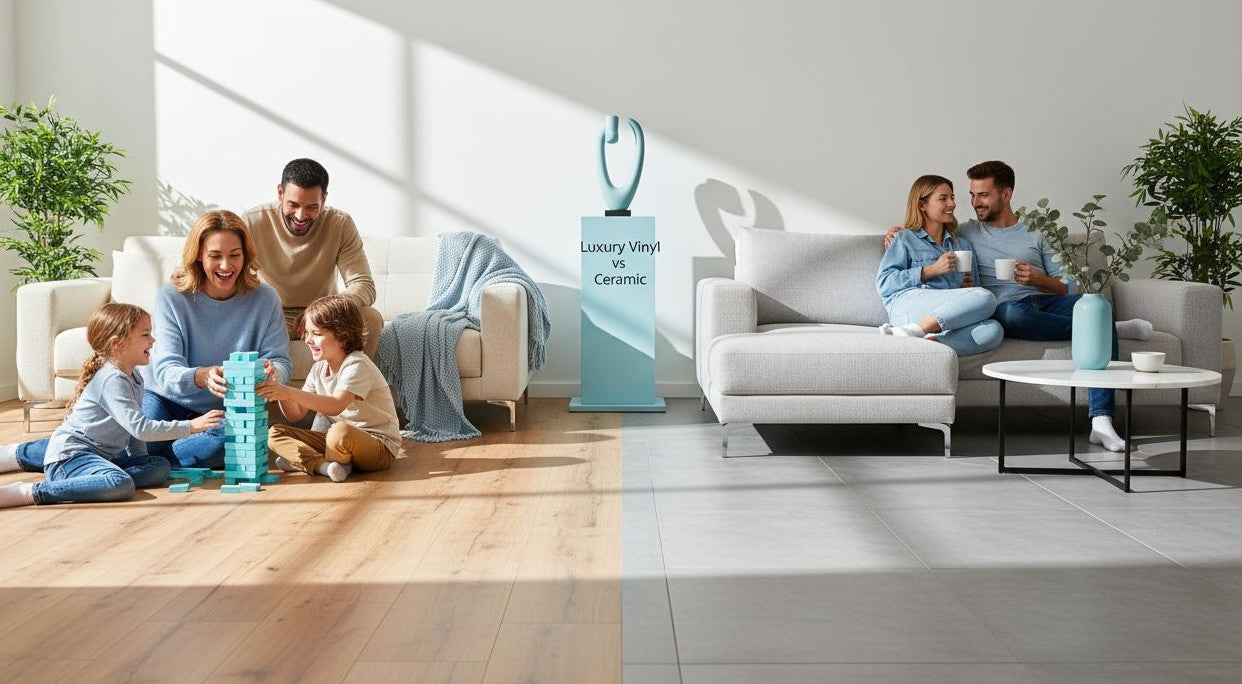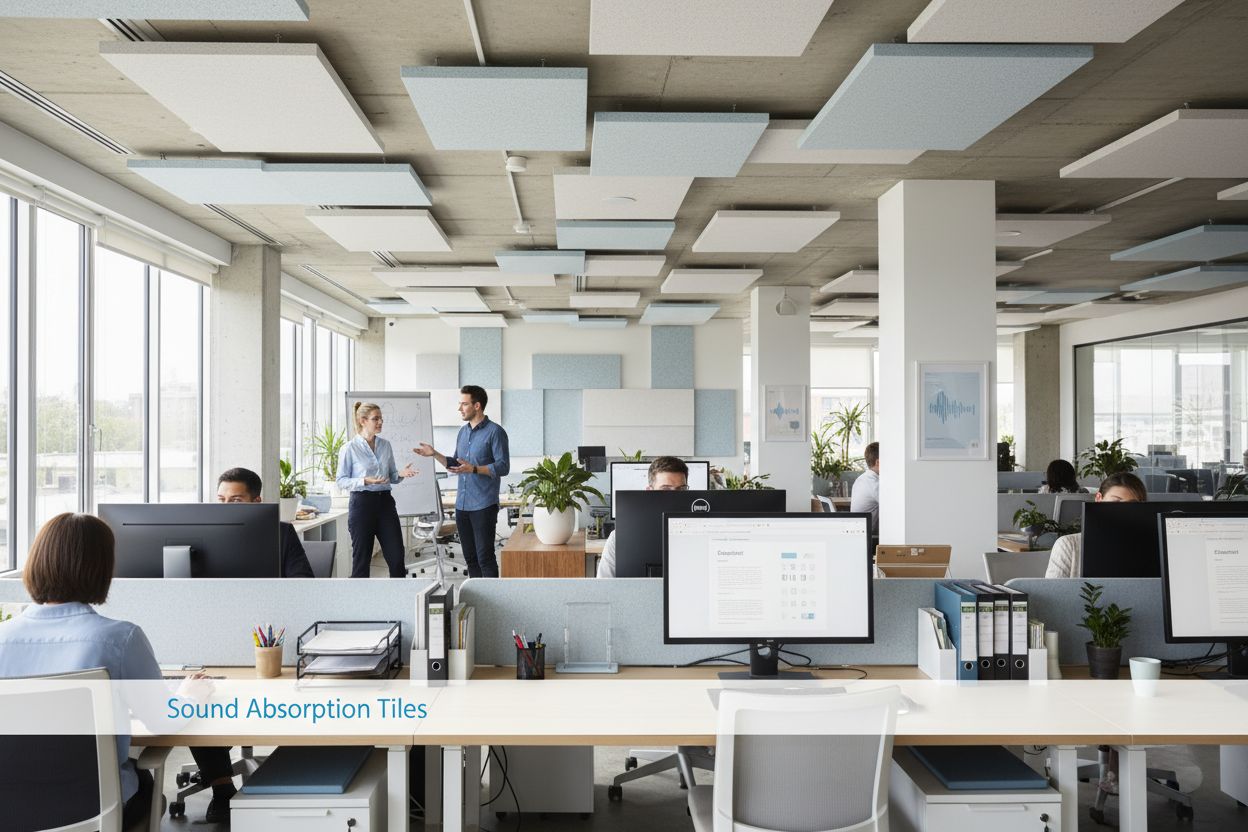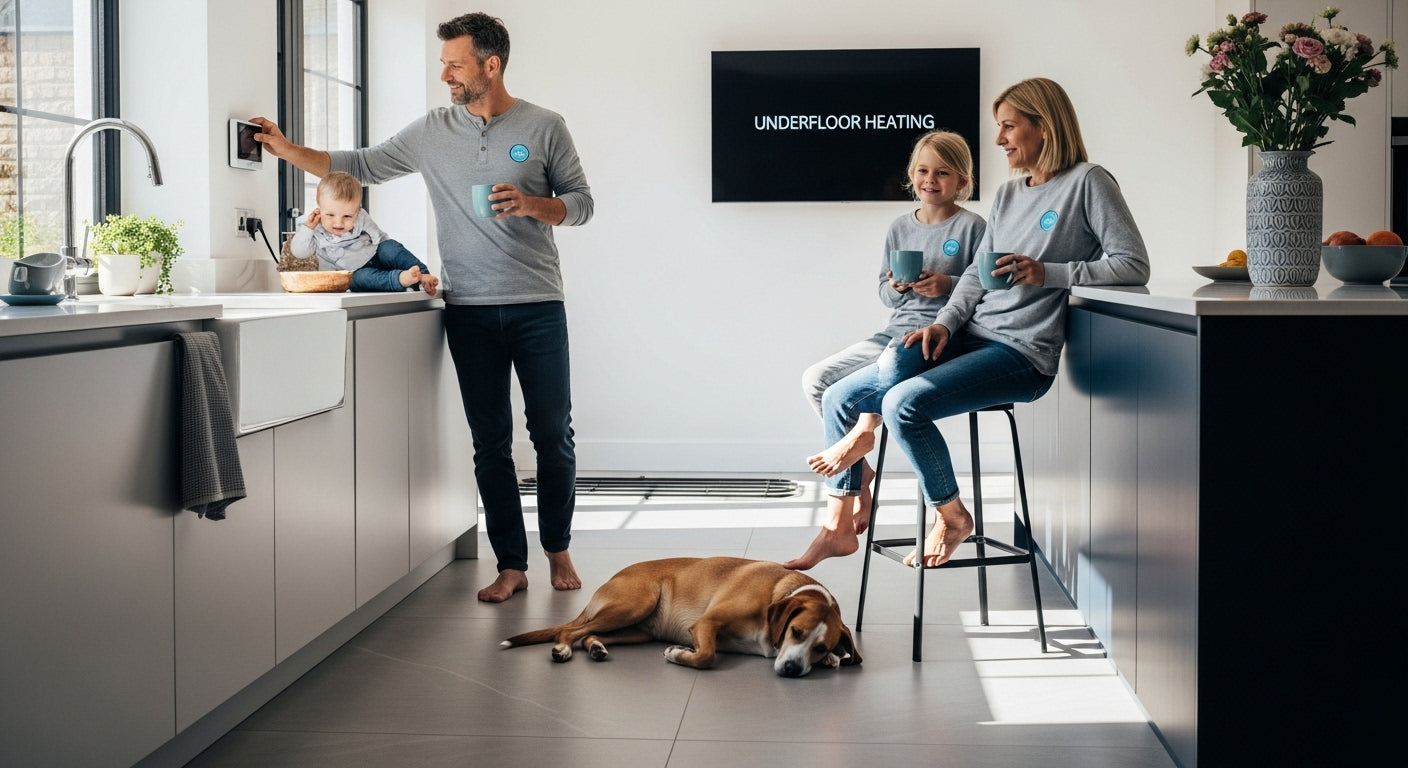Few flooring patterns are as instantly recognizable — or as timeless — as the checkerboard. With its high-contrast squares and perfect symmetry, the checkerboard floor has graced palaces, cafes, and kitchens for centuries. But this beloved pattern isn’t just a relic of the past — it’s experiencing a stylish resurgence in modern interiors. Whether you prefer bold black-and-white tiles or subtle tonal variations, checkerboard floors bring both history and personality to a space.
Ancient Origins: Checkerboard in Early Civilizations
The story of the checkerboard floor begins thousands of years ago. Archaeologists have found early versions of the pattern in ancient Egypt, often in painted or inlaid stonework. The arrangement of alternating colors symbolized order and balance, important themes in Egyptian culture. Checkerboard patterns also appeared in Mesopotamia and the Minoan civilization on Crete, where artisans used clay and stone tiles to form geometric designs.
The Medieval and Renaissance Eras: From Castles to Cathedrals
By the Middle Ages, checkerboard floors had spread across Europe. Monasteries, castles, and cathedrals adopted the design, often in dramatic black and white marble. The pattern was as much about grandeur as it was about symbolism, representing duality — light and dark, good and evil. During the Renaissance, Italian palaces embraced the checkerboard, particularly in grand halls and courtyards, where it emphasized the architecture’s symmetry and perspective.
The Victorian Love Affair with Pattern
During the 19th century, the Industrial Revolution made decorative tile production more affordable. This opened the door for checkerboard floors to move beyond royal estates and into middle-class homes. The Victorian era saw checkerboard tiles in entryways, kitchens, and public buildings, often in ceramic or encaustic materials. Black-and-white remained popular, but other color combinations emerged — terracotta and cream, green and ivory — adding warmth and variety to the classic grid.
Checkerboard in the 20th Century: Art Deco to Mid-Century
Checkerboard flooring found new expression in the glamorous Art Deco interiors of the 1920s and 1930s. In this era, polished marble or terrazzo checkerboards adorned hotel lobbies and movie theaters, pairing well with the era’s bold geometry. By the 1950s, the pattern had taken on a fresh, casual identity in diners and kitchens, often in vinyl or linoleum. Retro black-and-white floors became a symbol of mid-century modern style, evoking soda fountains, rock ‘n’ roll, and streamlined chrome furniture.
Why Checkerboard Floors Endure
The checkerboard’s longevity comes down to its adaptability. It works with virtually any design style — traditional, modern, rustic, or eclectic — and can be executed in countless materials, from marble and ceramic to porcelain and vinyl. It’s also endlessly customizable: scale, color, and layout can all be adjusted to suit the mood of a room.
Modern Uses for Checkerboard Floor Tiles
In today’s interiors, checkerboard floors are enjoying a comeback. Designers are using them to bring character, pattern, and historical resonance to contemporary spaces.
Kitchens
In the kitchen, checkerboard floors provide a timeless foundation. Black-and-white ceramic tiles add contrast to all-white cabinetry, while softer pairings — like cream and taupe — create a warmer, farmhouse feel. For a bold modern twist, some homeowners are opting for oversized tiles that exaggerate the pattern.
Bathrooms
Checkerboard tiles can make a bathroom feel both elegant and playful. Small-scale patterns in marble work beautifully in powder rooms, while larger porcelain tiles in muted tones bring spa-like serenity. Pair with natural textures like terracotta for an earthy balance.
Entryways & Hallways
Because they create strong visual impact, checkerboard floors are ideal for entryways. They offer a grand welcome and set the tone for the rest of the home. In long hallways, the alternating pattern can create a sense of movement and depth.
Material and Color Choices for the 21st Century
While black and white is the classic choice, modern designers are experimenting with unexpected color pairings: navy and cream for nautical chic, forest green and blush for vintage charm, or charcoal and pale gray for subtle sophistication. Materials also range widely, from traditional marble to durable porcelain that mimics stone.
Styling Tips for Today’s Checkerboard Floors
- Balance the boldness: Keep surrounding walls and furniture simple to let the floor shine.
- Consider the tile size: Large squares feel modern; smaller ones read more traditional.
- Mix finishes: Matte tiles give a rustic feel; polished surfaces add formality.
- Layer with rugs: In living areas, a strategically placed rug can soften the pattern without hiding it.
Maintaining Checkerboard Floor Tiles
Maintenance depends on the material. Marble requires periodic sealing and gentle cleaners, while ceramic and porcelain need only regular sweeping and mopping. Avoid abrasive cleaners that can dull the surface, and use mats in high-traffic areas to preserve the finish.
The Pattern That Stands the Test of Time
From ancient temples to modern kitchens, the checkerboard floor has never truly gone out of style. Its blend of symmetry, contrast, and versatility ensures it will continue to captivate designers and homeowners alike.




